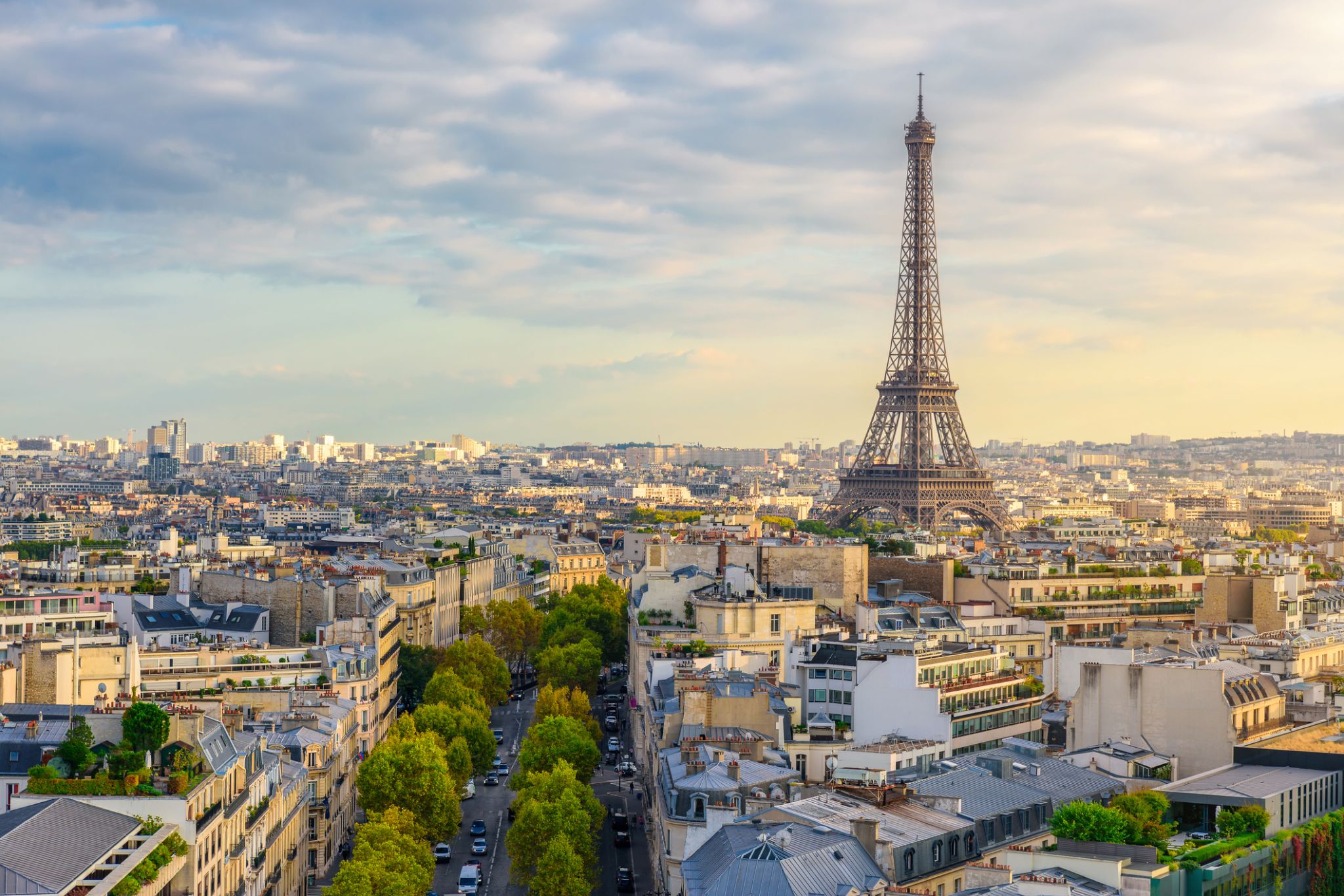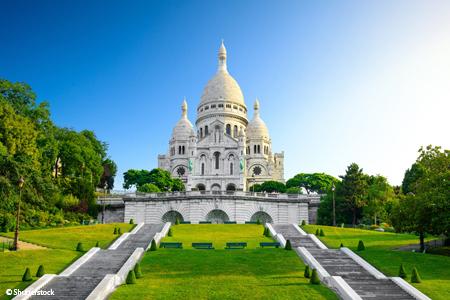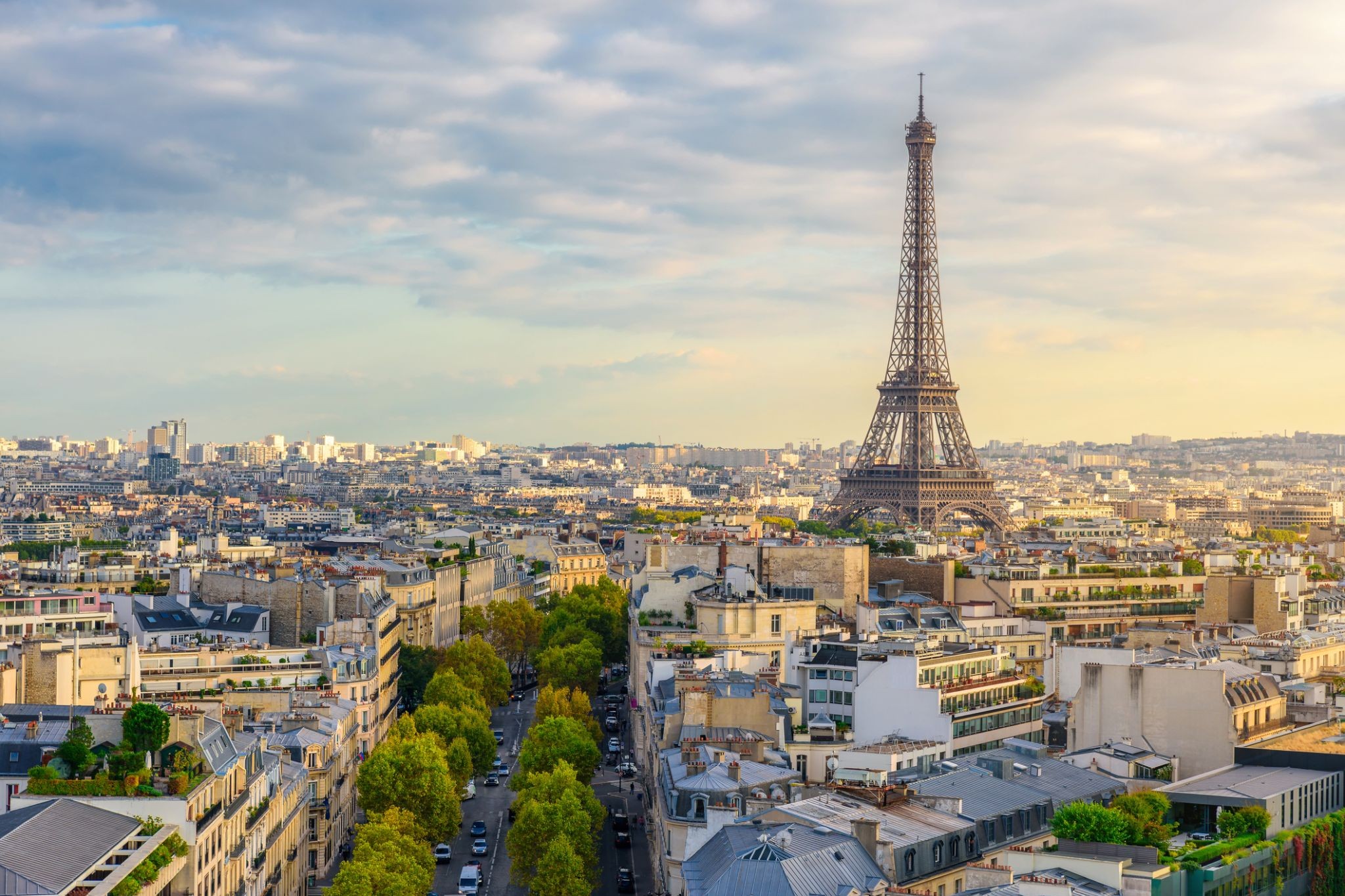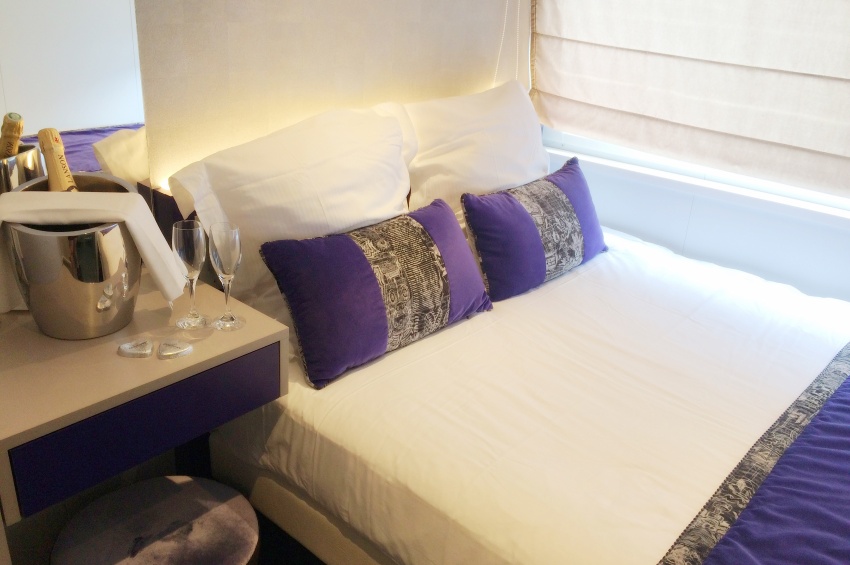
Cruise: 30,939,861
Prestigious Paris & and the Canal Saint-Martin (port-to-port cruise)
Сruise
Embark on a Parisian getaway along the Canal Saint-Martin which offers a unique landscape to all lovers of the French capital and the ideal setting for a romantic cruise. You will be carried away by symbolic places such as the Eiffel Tower, the gardens of the Trocadéro, the Tuileries Gardens and the island of Saint-Louis. You will also have a chance to explore the district of Saint-Germain-des-Prés, combining charm and elegance. Get ready to experience a memorable cruise!
| Cruise Region : Europe |
| Company : Croisi Europe |
| Ship : Ms Déborah |
| Journey Start : Sun 06 Dec 2026 |
| Journey End : Wed 09 Dec 2026 |
| Count Nights : 3 nights |
Schedule
| Day | Date | Port | Arrival | Departure |
|---|---|---|---|---|
| 1 | 6.12 Sun | Paris / France | 18:00 | |
| 1 | 6.12 Sun | Paris / France | 19:00 | |
| 1 | 6.12 Sun | Paris / France | 21:00 | |
| 2 | 7.12 Mon | Paris / France | 17:30 | 07:30 |
| 2 | 7.12 Mon | Paris / France | 12:00 | 13:30 |
| 3 | 8.12 Tue | Paris / France | 16:30 | 13:30 |
| 4 | 9.12 Wed | Paris / France | 09:00 |
All inclusive on board
THE CROISIEUROPE DIFFERENCE
All meals included - DRINKS INCLUDED with meals and at the bar
Refined French cuisine - Gala dinner and evening - Welcome cocktail
Free Wi-Fi onboard
Headsets are included for excursions
Official welcome from the captain and crew
Onboard activities
Travel assistance and repatriation insurance
All port fees included
-
 Day 1: 18:00
Day 1: 18:00Paris / France
the capital of France, on the Seine River; population 2,203,817 (2006). Paris was held by the Romans, who called it Lutetia, and by the Franks, and was established as the capital in 987 under Hugh Capet. It was organized into three parts—the Île de la Cité (an island in the Seine), the Right Bank, and the Left Bank—during the reign of Philippe-Auguste 1180–1223. The city's neoclassical architecture dates from the modernization of the Napoleonic era, which continued under Napoleon III, when the bridges and boulevards of the modern city were built.
-
 Day 1: 19:00
Day 1: 19:00Paris / France
the capital of France, on the Seine River; population 2,203,817 (2006). Paris was held by the Romans, who called it Lutetia, and by the Franks, and was established as the capital in 987 under Hugh Capet. It was organized into three parts—the Île de la Cité (an island in the Seine), the Right Bank, and the Left Bank—during the reign of Philippe-Auguste 1180–1223. The city's neoclassical architecture dates from the modernization of the Napoleonic era, which continued under Napoleon III, when the bridges and boulevards of the modern city were built.
-
 Day 1: 21:00
Day 1: 21:00Paris / France
the capital of France, on the Seine River; population 2,203,817 (2006). Paris was held by the Romans, who called it Lutetia, and by the Franks, and was established as the capital in 987 under Hugh Capet. It was organized into three parts—the Île de la Cité (an island in the Seine), the Right Bank, and the Left Bank—during the reign of Philippe-Auguste 1180–1223. The city's neoclassical architecture dates from the modernization of the Napoleonic era, which continued under Napoleon III, when the bridges and boulevards of the modern city were built.
-
 Day 2: 17:30-07:30
Day 2: 17:30-07:30Paris / France
the capital of France, on the Seine River; population 2,203,817 (2006). Paris was held by the Romans, who called it Lutetia, and by the Franks, and was established as the capital in 987 under Hugh Capet. It was organized into three parts—the Île de la Cité (an island in the Seine), the Right Bank, and the Left Bank—during the reign of Philippe-Auguste 1180–1223. The city's neoclassical architecture dates from the modernization of the Napoleonic era, which continued under Napoleon III, when the bridges and boulevards of the modern city were built.
-
 Day 2: 12:00-13:30
Day 2: 12:00-13:30Paris / France
the capital of France, on the Seine River; population 2,203,817 (2006). Paris was held by the Romans, who called it Lutetia, and by the Franks, and was established as the capital in 987 under Hugh Capet. It was organized into three parts—the Île de la Cité (an island in the Seine), the Right Bank, and the Left Bank—during the reign of Philippe-Auguste 1180–1223. The city's neoclassical architecture dates from the modernization of the Napoleonic era, which continued under Napoleon III, when the bridges and boulevards of the modern city were built.
-
 Day 3: 16:30-13:30
Day 3: 16:30-13:30Paris / France
the capital of France, on the Seine River; population 2,203,817 (2006). Paris was held by the Romans, who called it Lutetia, and by the Franks, and was established as the capital in 987 under Hugh Capet. It was organized into three parts—the Île de la Cité (an island in the Seine), the Right Bank, and the Left Bank—during the reign of Philippe-Auguste 1180–1223. The city's neoclassical architecture dates from the modernization of the Napoleonic era, which continued under Napoleon III, when the bridges and boulevards of the modern city were built.
-
 Day 4: 09:00
Day 4: 09:00Paris / France
the capital of France, on the Seine River; population 2,203,817 (2006). Paris was held by the Romans, who called it Lutetia, and by the Franks, and was established as the capital in 987 under Hugh Capet. It was organized into three parts—the Île de la Cité (an island in the Seine), the Right Bank, and the Left Bank—during the reign of Philippe-Auguste 1180–1223. The city's neoclassical architecture dates from the modernization of the Napoleonic era, which continued under Napoleon III, when the bridges and boulevards of the modern city were built.


